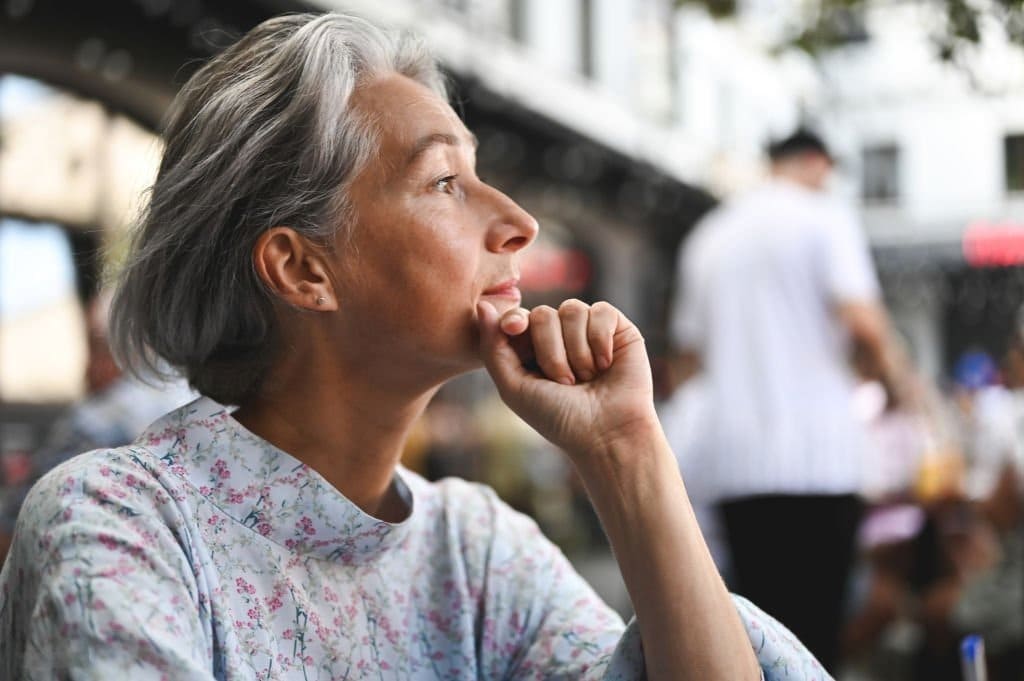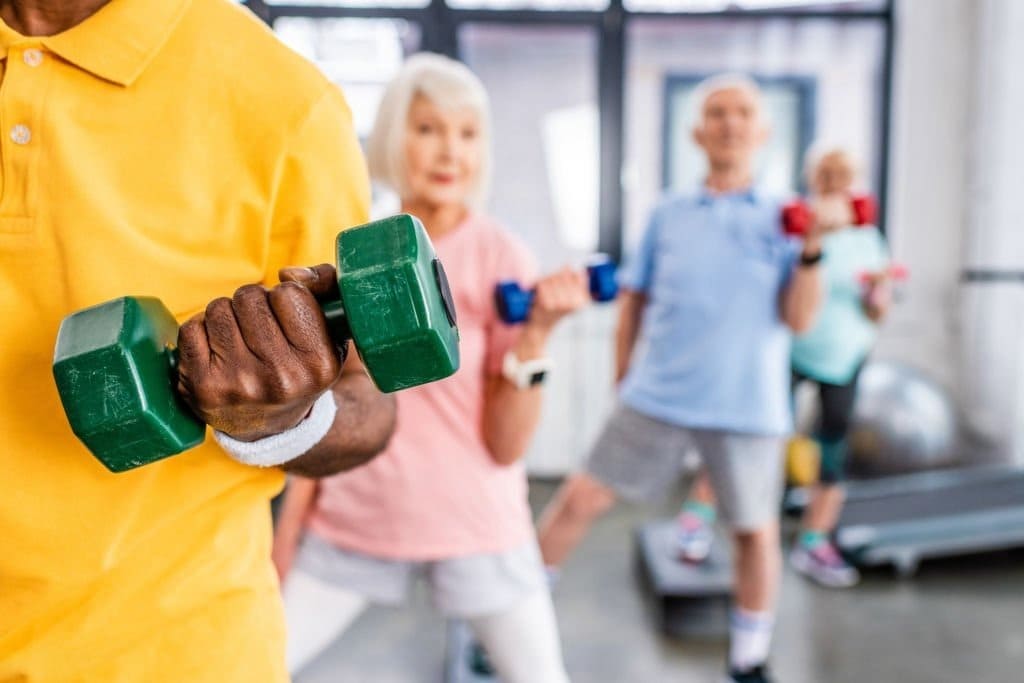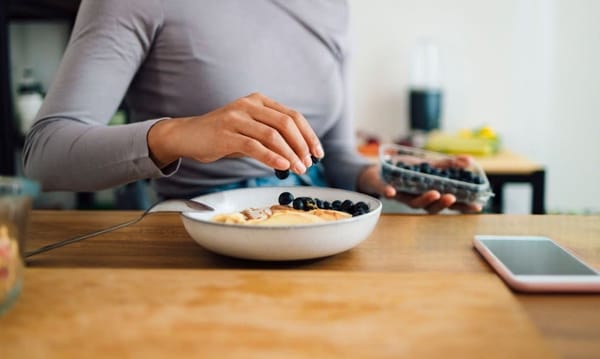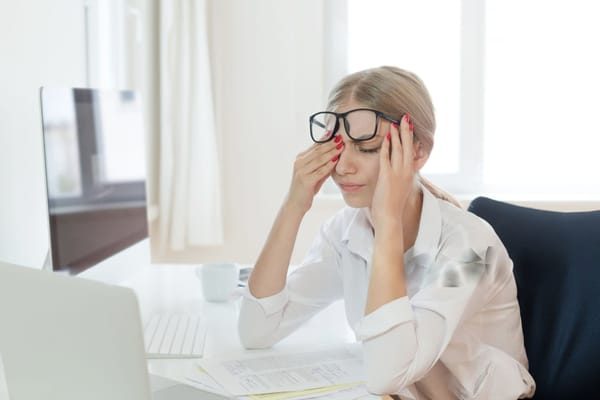The Physical Side of Aging: How to Stay Active and Strong

As we age, it’s normal to notice changes in our bodies. However, staying active is one of the most powerful tools we have to counteract the natural decline in strength, mobility, and bone density. While aging brings certain physical challenges, staying active—whether through exercise or daily movement—is the key to maintaining strength, enhancing flexibility, and improving overall health.
Why Staying Active is Crucial in the Golden Years
Physical activity offers a host of benefits for older adults that help them maintain their independence and vitality:
-
Preserving Muscle Mass and Strength
- As we age, we naturally lose muscle mass—a process called sarcopenia. This can lead to a decrease in strength, balance, and mobility.
- Strength training (also called resistance training) is essential for preserving and building muscle mass. Incorporating light weights or resistance bands into your routine can help combat muscle loss and improve metabolism.
-
Improving Bone Health
- Bone density decreases as we age, making us more susceptible to fractures and conditions like osteoporosis. Weight-bearing exercises such as walking, dancing, or lifting weights stimulate bone growth and help maintain bone strength.
- Calcium and vitamin D are key nutrients to support bone health, but exercise is equally important in reducing bone loss.
-
Boosting Balance and Coordination
- Falls are a common concern for older adults, and they can have serious consequences. Exercise that focuses on balance—such as tai chi or simple balance exercises—can significantly reduce the risk of falls.
- Working on core strength and balance also supports posture and reduces the strain on joints.
-
Enhancing Joint Mobility
- As we age, joints can become stiff, leading to decreased flexibility and mobility. Regular stretching, yoga, or low-impact activities like swimming can improve joint flexibility and reduce pain caused by stiffness.
-
Supporting Mental and Emotional Health
- Exercise isn’t just about physical health—it’s also crucial for mental well-being. Physical activity helps release endorphins, which are natural mood lifters. Additionally, exercise reduces stress, anxiety, and depression, improving overall emotional health and boosting confidence.

Effective Exercises for Older Adults: How to Stay Strong and Mobile
You don’t need to run marathons or lift heavy weights to stay active as you age. Here are some safe and effective exercises that you can incorporate into your routine to maintain strength, flexibility, and overall fitness:
-
Strength Training (2–3 times per week)
- Using light weights or resistance bands, focus on compound movements that work multiple muscle groups.
- Examples: Squats, lunges, bicep curls, and shoulder presses. These exercises help maintain muscle mass, improve joint health, and increase metabolism.
-
Balance Exercises (Daily)
- Incorporating balance exercises into your daily routine can significantly reduce your risk of falls.
- Examples: Standing on one leg (holding onto a chair for support), heel-to-toe walking, and tai chi. Tai chi is especially effective for improving coordination and balance in a gentle, flowing way.
-
Cardiovascular Exercise (3–5 times per week)
- Walking, cycling, and swimming are excellent forms of cardiovascular exercise for older adults. These activities help improve heart health, stamina, and joint mobility without putting too much stress on the body.
- Aim for 30 minutes of moderate activity most days of the week. It could be broken up into shorter sessions, such as 10-minute walks after each meal.
-
Flexibility and Stretching (Daily)
- Maintaining flexibility is essential as we age to keep joints mobile and reduce muscle tightness.
- Examples: Gentle yoga, pilates, or simple stretching exercises targeting the hamstrings, hips, and shoulders. Focus on dynamic stretching in the morning and static stretching in the evening.
-
Low-Impact Activities
- If you have joint pain or arthritis, low-impact exercises can keep you active without causing strain.
- Examples: Swimming, water aerobics, or walking on soft surfaces like grass or sand. These activities provide resistance while minimizing stress on the joints.

How to Make Exercise a Part of Your Routine
Staying consistent with exercise as you age requires building habits that feel manageable and enjoyable. Here are a few tips to help you stay active:
-
Start Slow:
- If you’re new to exercise, begin with shorter sessions and gradually increase the time and intensity. Aim to be consistent, not perfect.
-
Set Realistic Goals:
- Focus on setting achievable goals. For example, start by walking 10 minutes a day and gradually increase to 30 minutes. The key is to build small wins that help you stay motivated.
-
Find Activities You Enjoy:
- Exercise doesn’t have to feel like a chore. Try different activities like dancing, gardening, or hiking to find what you enjoy. The more you like it, the easier it will be to stay active.
-
Buddy Up:
- Exercising with a friend or joining a group fitness class can provide accountability and make the experience more enjoyable. Social interaction also adds an emotional benefit to your physical well-being.
Amanda’s Voice Block: Real-Life Story of a Patient
“I had a patient, who came to me in her early 70s, concerned about her increasing joint pain and lack of energy. She had been inactive for years and felt unsure of how to start exercising without causing further strain. We began with gentle walking sessions around her neighborhood, gradually increasing the duration each week. As she gained strength, we added light weight exercises to build her muscle mass and improve her bone density. Within months, she was walking 30 minutes a day and even doing a weekly yoga class. Not only did her joint pain decrease, but she also started feeling more energetic and confident in her ability to stay active. Her experience is a great reminder that it’s never too late to start moving and reclaim your strength.”
Conclusion
The key to aging gracefully is staying active and maintaining strength and flexibility. It doesn’t matter if you’re 50, 60, 70, or older—physical activity remains one of the most important factors for preserving independence and vitality in your golden years. Whether it’s through strength training, balance exercises, or daily walks, incorporating regular movement into your routine will help you feel stronger, more confident, and healthier as you age. Remember, aging is about embracing change with grace, strength, and positivity.
The Bottom Line
Staying active is the best way to age with confidence and strength. By prioritizing regular physical activity, maintaining flexibility, and building muscle, you can feel your best at any age. Start small, stay consistent, and enjoy the benefits of feeling stronger, more energized, and empowered.




